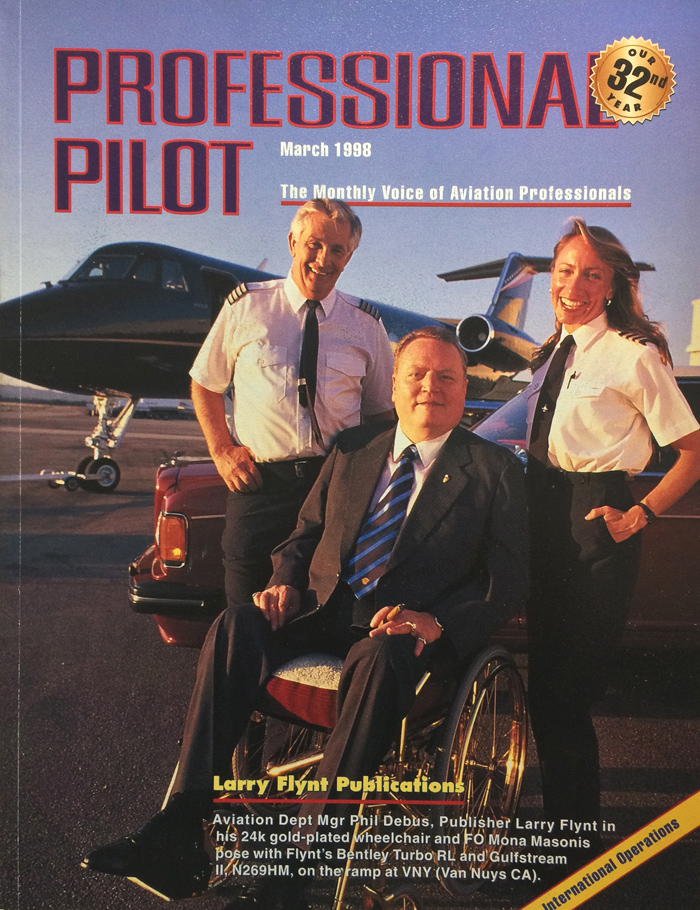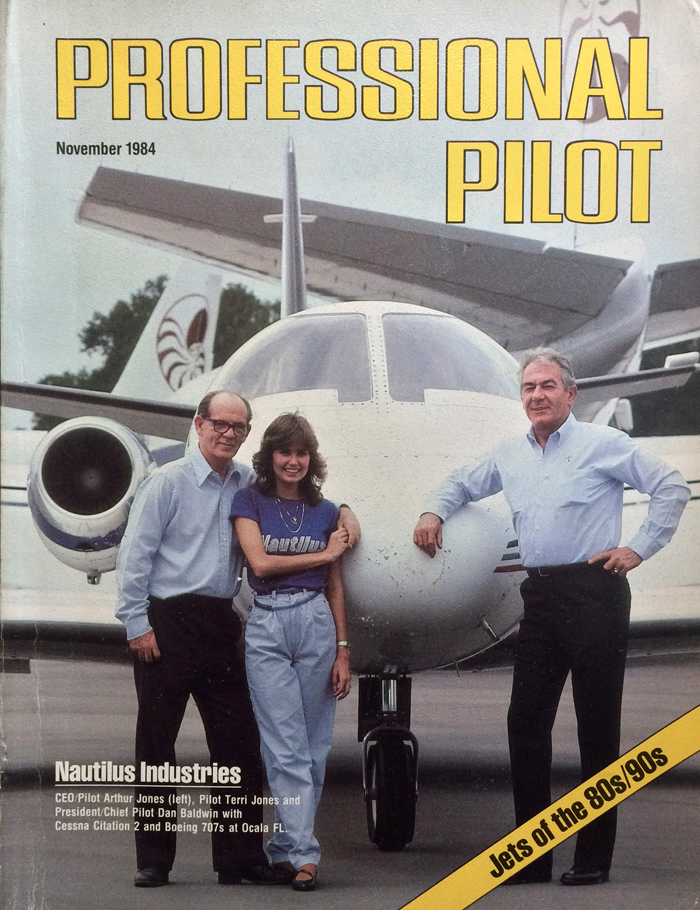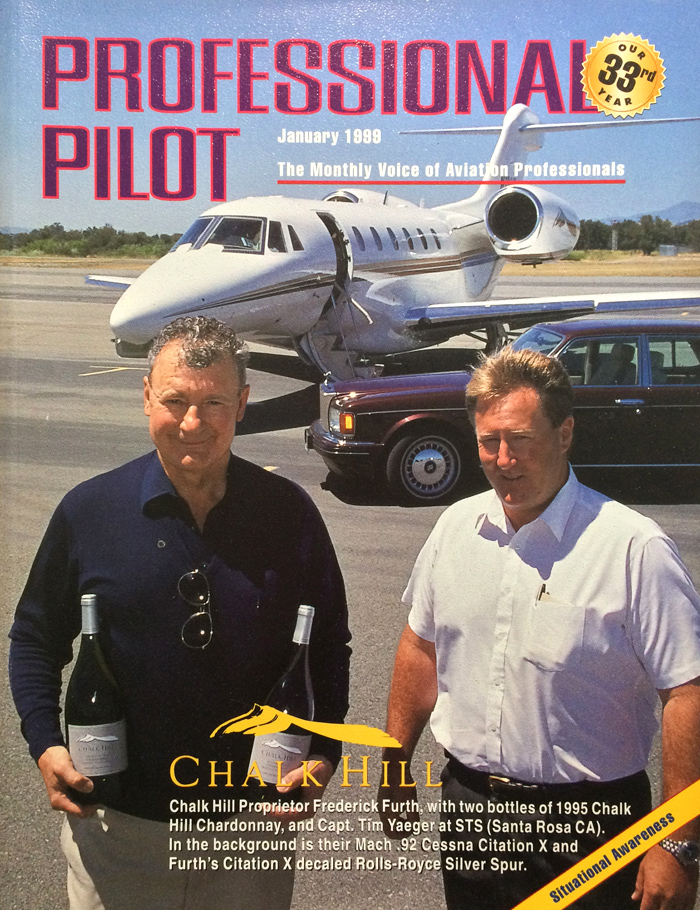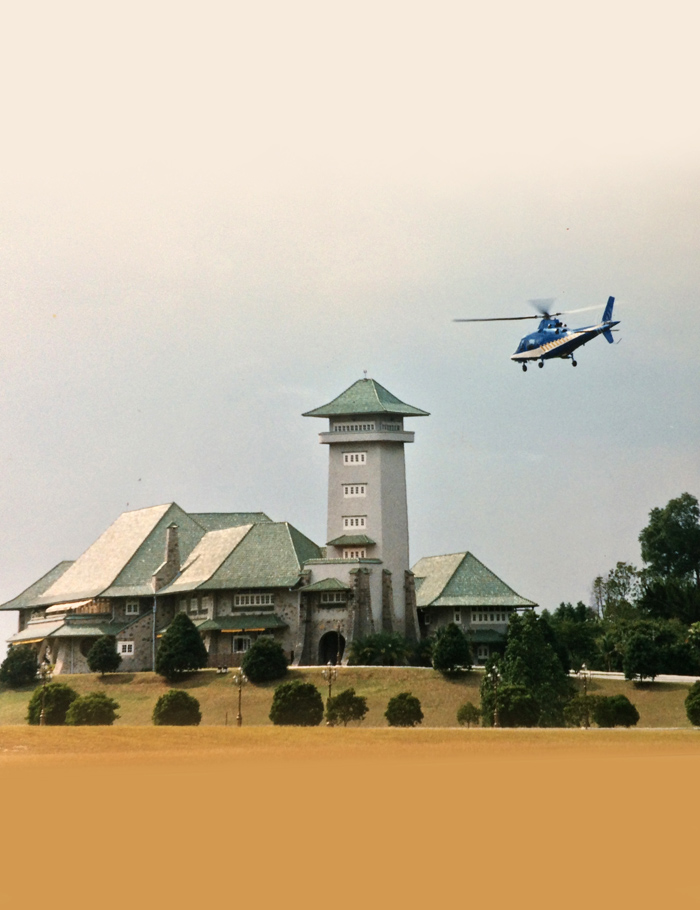Tata Group manages global interests with fixed and rotor wing fleets
By Grant McLaren
Professional Pilot Magazine October 2013
Indian-based conglomerate deploys Gulfstream G550, 2 Dassault Falcon 2000s, Piaggio Avanti II, 2 King Airs, 2 Pilatus PC12s and 4 MD helicopters—2 902s, 530N, 502. G650 on order.
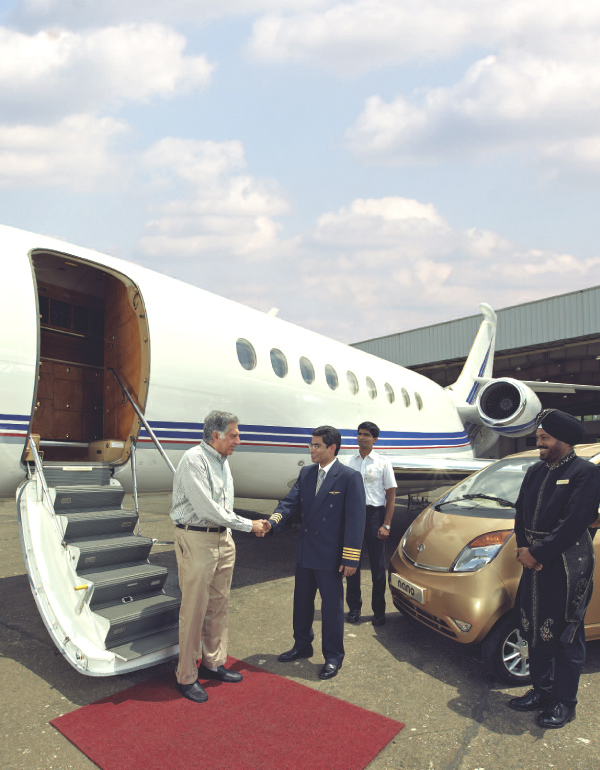
Chairman Tata Trusts Ratan Tata with Taj Air Sir Executive Pilot Capt Kunal Kapoor at Mumbai airport. Vehicle in photo is Tata’s new small car, the Nano
Tata Group’s current fleet mix includes a BOM (Intl Mumbai, India) based Dassault Falcon 2000LX, 2000 and Piaggio Avanti II operated by Taj Air and an international based Gulfstream G550. A 6500 nm range capable Gulfstream G650 will be added to the mix in 2014 to enable nonstop ops between BOM and the US. Tata Power maintains a rotarywing fleet at VAJJ (Juhu, Mumbai, India) which includes an MD902 and 502. Tata Steel, based at IXW (Jamshedpur, India), operates a Pilatus PC12NG, a standard PC12, King Air B200 and C90 as well as an MD 902 and MD 520N. Meanwhile, Tata Korf Engineering Services—also based at IXW—is equipped with a Cessna Citation C550.
When Ratan Tata took over from his uncle as chairman in 1991 the group operated a single Beechjet 400 that was used for domestic flying—mostly back and forth to steel mills and various factories. With Tata Group’s growing global presence—including acquisition of Jaguar and Land Rover in 2008, Tetley in 2000 and a $7.6 billion takeover of steel manufacturer Corus in 2006—the group’s fixed wing fleet is constantly on the move to the 4 corners of the world. During Ratan Tata’s chairmanship Tata Group’s international sales have increased from 5% to over 65% of gross revenues. Business aircraft and effective application of business aviation, have been indispensable in maximizing revenues and global market shares.
“Corporate aircraft have enabled me to be in more places over a shorter period of time than would otherwise have been possible,” says Ratan Tata. “We’ve used the G550 to attend meetings in Singapore and Beijing—over a 2 day period—and then continue on to entirely different meetings in Capetown and Sao Paulo before returning to Mumbai. Our corporate fleet is also indispensable for managing domestic operations. Scheduled airline connectivity within India is still very time consuming and same day commercial out and backs are impossible to many of our domestic locations. Corporate aircraft have been, and continue to be, tremendous facilitators in allowing us to do things and attend meetings that would not have been possible any other way.”
Global conglomerate
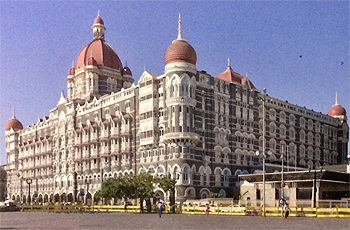
Taj Mahal Palace Hotel is just one of dozens of Taj Hotel Resorts and Palace holdings
The Tata Group was founded in 1868 as a Bombay-based trading company by Jamshedji Tata. One of Jamshedji’s first deals was acquisition of a bankrupt oil mill which he turned into a cotton mill and sold for a profit. Today the Tata Group is India’s largest conglomerate and is involved in production of both industrial and consumer products. Just a few of the company divisions include Tata Steel, Tata Power, Tata Global Beverages, Tata Communications, Taj Hotels and Tata Motors. With the acquisition of Tetley in 2000 Tata Global Beverages is now the world’s second largest producer of packaged teas. Tata Steel, meanwhile, is India’s largest steel company and the 5th largest steel producer in the world. In 2008 Tata Motors introduced the innovative Tata Nano—the lowest cost 4-wheel drive passenger vehicle in India. Ratan Tata retired last year, turning over the helm to the new Tata Group Chairman Cyrus Mistry.
A long history in aviation
Ratan Tata’s uncle—JRD Tata—was an intrepid flyer who held one of the first pilot licenses issued in India. He participated in the Karachi to London air race in the late 1920s and formed Tata Airlines (later nationalized to become Air India) in 1932. JRD took over as Tata Group Chairman in 1938, initially using a new Beech Model 17 Staggerwing to personally fly to private runways at assorted Tata Group plants and factories. He led the company for 53 years.
“When I was a child my uncle had a Douglas DC3 that he used for corporate purposes,” recalls Ratan Tata. “Over the years aviation and flying brought our family closer together as no other ties could.”
Tata Group’s first new generation corporate aircraft was a King Air 200 and this was later upgraded to a Beechjet 400. “The Beechjet was an effective aircraft for local domestic operations but could not fly nonstop from BOM (Mumbai, India) to CCU (Kolkata, India),” recalls Tata. “So in the early 90s we upgraded to a Falcon 200.”
IXW-based Tata Steel has had its own aviation department since the 1950s with runways and helipads in place at most of its mines, coal pits and steel plants. Tata Steel flight ops were launched with a Beech Bonanza before upgrading to a Twin Beech 18 and then King Airs. “Tata Steel currently operates a mix of King Air and Pilatus PC12 equipment and these aircraft greatly facilitate company connections between Tata Steel headquarters and our various mines and plants,” says Tata.
Building a corporate fleet
After taking over as chairman, Ratan Tata ordered a Falcon 200 to augment the existing Hawker 400. The new Dassault product was used for occasional international missions. The Falcon 200 was chosen as it offered superior hot climate performance from shorter runways. Later, a Falcon 2000 was added to the fleet mix and Tata maintained type ratings on both the Falcon 200 and 2000. In 2010 a Gulfstream G550 was acquired for longer-range global missions. The G550 is used routinely for 14 hours nonstop and 19 hours onestop missions. The current Piaggio P180 Avanti II joined the fleet to augment domestic lift within India. On the order books currently is a G650 planned for 2014 delivery. Tata Group is also considering possible replacements for both their Falcon 2000 and 2000LX.
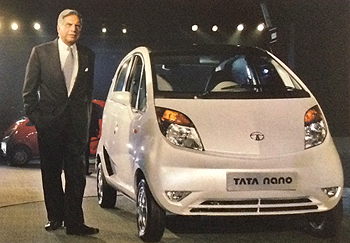
Ratan Tata introduces the Tata Nano to the world. Unveiled to the market in 2008 the Nano has become the world’s least expensive 4-wheel automobile
“The G650 will give us the additional range we need, along with more cabin capability, and it will help us get to distant meetings on time,” says Tata. “Our current 2000LX and 2000 are very practical but do not have the range we really require. The 2000 can fly about 3500 nm and the 2000LX has a large of about 4000 nm but we really need 5000 nm to be able to fly from Mumbai to London, and our car plants at BHX (Birmingham, UK), 100% of the time. We may look at acquiring a smaller jet—something like the Cessna Citation Excel—for shorter domestic operations. It’s a bit of overkill for 1 person to fly in a Falcon 2000 on a 30-60 minute domestic trip.”
On the turboprop front Tata is happy with the Avanti II’s 400 mph cruise speed and spacious stand-up cabin. “The Avanti is a very comfortable aircraft. And ideally suited for operations to smaller airports with short fields, but it’s a little cramped for 2 hr flights. The ideal would be something with a cabin between the Avanti and the Falcon 2000.” The group’s PC12s and King Airs are operated daily by Tata Steel to support coal mine and steel plant operations and they serve this purpose well.
Rotary wing ops
Helicopters also fit in well with Tata Group travel requirements. The group has a helipad near its head office in Mumbai as well as at its truck plants, power stations and steel plants. Flying from Mumbai to the nearest truck plant is a 25 min flight vs 3 hrs by road. And it had been an 8 hr 1-way road journey until the new expressway opened.
“While there’s tremendous potential for helicopters in India we face many regulatory challenges,” says Tata. “Helicopter operations are not flexible in terms of where you can land. There are restrictions on single engine helicopter operations over the city although these are not usually enforced. Twins are mandatory for rooftop operations but no night flying is permitted—even with IFRequipped helicopters.”
Future aircraft acquisitions and usage for Tata
Looking to the future Tata envisions applications for cutting edge aviation technology within the group’s travel mix. “The AgustaWestland AW609 Tiltrotor would have applications for us in India. A practical supersonic business jet (SSBJ) would also be compelling but range may be an issue. A range of only 4000 nm for an SSBJ would not interest me. But if the SSBJ being considered it had the range to cross the Pacific, from the US West Coast to Japan, for example, it would have high attraction because it would have the potential to cut a 13-hr mission down to just 7 hrs.”
Face to face business meetings have always been invaluable for Ratan Tata and the Tata Group. “Having the ability to make a quick trip to the other side of the world has facilitated many business deals taking place,” says Tata. “Recently, we wanted to discuss a joint venture with IBM. We flew to New York to meet with the chairman and headed back to Mumbai that night. Although this particular deal did not go ahead there have been many cases where the ability to quickly attend an overseas meeting has enabled a deal to happen. Being able to have face to face meetings on short notice and anywhere in the world does enormous things in terms of relationships —both within our own companies and outside.”
Flight ops details
Taj Air employs 8 full time pilots to crew its Falcon 2000LX and Falcon 2000 under the direction of teh Dir Corporate Aviation Capt Anosh Irani. General Mgr Ops Atiesh Mishra and his team are responsible for hiring new pilots—both captains and first officers—for the growing operation.
Taj Air hiring requirements are 4500 hrs TT with 2000 hrs multi for jet PICs and 3500 hrs TT with 1000 hrs multi for turboprop PICs. First officers are hired with minimum experience of 1000 hrs TT and 300 hrs multi, for the jets, and 500/200 hrs for turboprops. On long range operations to the US, they always carry a 3-pilot augmented crew and strictly follow guidelines laid down by all relevant authorities.
Taj Air has an in-house maintenance department approved to perform line and base maintenance on all aircraft in the fleet. The main maintenance base is located at BOM and is under the direction of General Mgr for Engineering & Maintenance Subhabrata Roy. Taj Air also has line maintenance stations at Delhi (Delhi, India), BLR (Bangalore, India), CCU (Kolkata, India) and MAA (Chennai, India). For major checks—C checks and above—aircraft are currently sent to MRO centers in Europe or the US. In addition to supporting its own aircraft, Taj Air undertakes 3rd party maintenance and continuing airworthiness management for other business jets based in the country. Taj Air is an authorized service center facility for Dassault Falcon 2000/2000EX models. Equivalent authorities to handle maintenance on Piaggio, Pratt & Whitney and Honeywell are under process.
Business aviation in India
While there are more and more business aircraft being sold and delivered, to Indian-based owners, the bizav market here is not yet fully mature. “Many people here have bought business aircraft but don’t seem to use them,” says Tata. “You see them just sitting on the field at BOM. There’s still an ego element to owning a business jet in India but business aviation here will eventually come into its own. We’re seeing more companies using helicopters for business purposes. Larger fixed wing equipment aircraft are now being used to move middle management, to some degree, although I feel this is not yet occurring at an adequate level.”
Maintenance challenges
One of the challenges to basing and operating GA aircraft in India is a lack of maintenance infrastructure. Until very recently there have been no major GA MRO facilities in India despite so many fixed wing aircraft currently active within the country. It’s been common practice to dispatch corporate aircraft to DXB (Dubai, UAE), SIN (Singapore) or HKG (Hong Kong) for maintenance and repair. This, however, is all changing with a new Tata Group maintenance joint venture in partnership with Hong Kong-based Metrojet.
The new JV—Taj Air Metrojet Aviation—intends to set up maintenance facilities at more than only one location in India says Chairman Taj Air Mehernosh Kapadia. “This will allow business jet operators to conduct heavy maintenance here in India rather than travel overseas,” he says. “We feel that having high quality in-country MRO capabilities will help boost demand for business jets and business aviation within India.”
Taj Air Metrojet Aviation will go beyond just providing certified maintenance capabilities says Kapadia. “In addition to aircraft maintenance and repair we’ll offer total aircraft management services with complete management and support responsibility for locally-based and transient GA aircraft.
Chairman as pilot
After returning to India following receiving his education in the US (where he studied architecture) Ratan Tata’s first job was being a trainee at the Tata Steel plant. “I started flying while I was in college and I used all of my spare time to build hrs and learn to fly and got my multiengine license on a Tata Steel Twin Beech.” Later Tata earned type ratings on both the Falcon 200 and 2000 and today maintains currency on the company’s Dassault and MD equipment with annual recurrent training at Flight Safety Intl Paris and MD’s Mesa, AZ facility.
“Flying has always been a part of my life and a passion,” He adds. “It’s all a question about being intrigued by technology and new applications of technology. Retiring as chairman last year gave me the opportunity to do other things. But the day I’m no longer able to fly will be much more of a gut-wrenching experience!”
Looking ahead
Tata Group plans to continue to benefit from business aviation—both in the long haul realm and for domestic ops. Ratan Tata believes potential exists for broad-based growth in terms of bizav acquisition and deployment within India.
“At present there’s an abundance of underutilized GA aircraft in India,” says Tata. “We need better utilization of the fleet we currently have in India, more affordable local charter opportunities and a relaxation in local operating restrictions. Securing permits for India can be an onerous procedure and airspace use here is not as flexible as it could be. It’s also a very high cost environment here in India and we need to bring these costs closer to international parity. There are many WWII era airports that are available and would be suitable for business aviation but they’re in disrepair and do not currently have the road network for adequate access. The potential to create a vibrant GA infrastructure and business aviation culture here, over coming years, is a very exciting prospect.”

